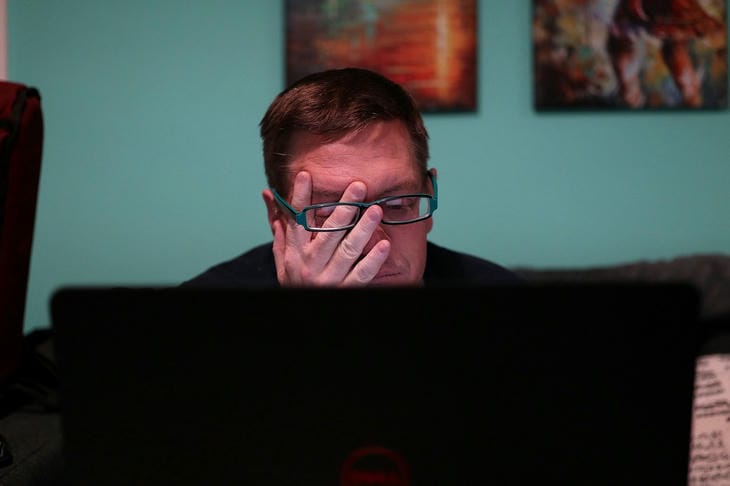Burnout: How to Recognize and Save Motivation Before an Employee Quits
He no longer stays late past deadlines, doesn't argue in meetings, and jokes, "I'm just a cog in the system."
You see it every day, but you don’t notice: his apathy is not laziness, but a cry for help.
Energy turns into routine
The first signs of burnout are not fatigue, but loss of interest. An employee who used to offer ideas now performs tasks “according to a template.”
A study in the Journal of Occupational Health found that 68% of professionals hide emotional exhaustion until they start looking for a new job.
“I was pretending everything was fine, but inside I felt empty,” a former Salesforce manager wrote in an anonymous survey.

Cynicism as a defense
Jokes about the meaninglessness of tasks, sarcasm towards projects - this is not a bad character, but a symptom.
The World Health Organization has included burnout in its classification of diseases, highlighting “growing mental distancing” as a key symptom.
“When a colleague started calling our department an ‘illusion factory,’ I realized he had already mentally quit,” Coca-Cola’s HR director said in an interview for Bloomberg.
Conversations without masks
Employees rarely admit to burnout for fear of appearing weak.
Harvard Business Review warns: 83% of managers don't notice problems until they receive a resignation letter.
Psychologist Adam Grant advises asking not “How are you?” but “What’s bothering you right now?”
Example: At Adobe, after implementing weekly “honesty check-ins,” turnover dropped by 25%.
Flexibility instead of pressure
Burnt-out employees are not lazy, they are overworked.
A Stanford University study found that autonomy in choosing your schedule reduces the risk of emotional exhaustion by 37%.
“I was allowed to work remotely two days a week, which gave me back a sense of control,” a Meta developer shared in a company chat.
Sheryl Sandberg , former CEO of Facebook, said:
"Sometimes it's easier to save motivation than to hire a new person later."
Rebooting meanings
Remind them what it was all about. At Microsoft, employees who are losing interest are offered the chance to join “strategic missions” — short-term projects outside their comfort zone.
“Working on AI for medicine has restored my faith in the profession,” the engineer wrote on LinkedIn.
Daniel Pink's book Drive confirms that Purpose is the ultimate driver of engagement.
Confession as a cure
People are willing to tolerate stress if they feel appreciated. Scientists from the University of Pennsylvania found that even a one-time expression of gratitude reduces cortisol levels by 23%.
“The manager publicly acknowledged my contributions at a meetup, and after that I endured another six months of rigorous work,” the McKinsey consultant admitted on The Wall Street Journal podcast.
Burnout is not cured by bonuses or corporate parties.
As Peter Drucker wrote:
"The most expensive mistake a manager can make is to assume that work problems are solved in the workplace."
If an employee has stopped burning, perhaps you have ignored them smoldering quietly for too long.
